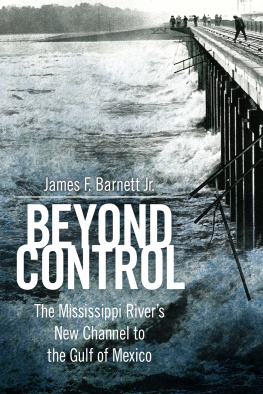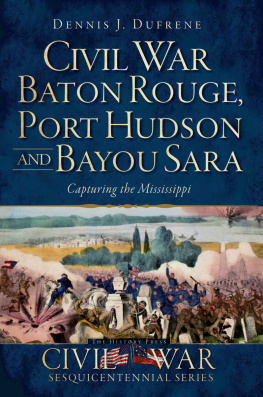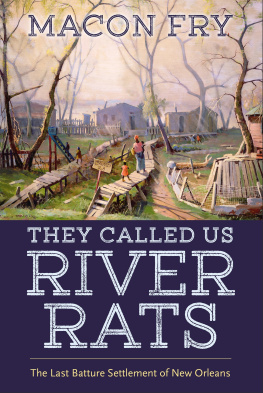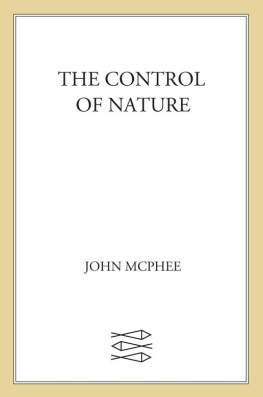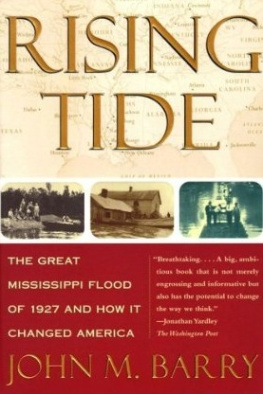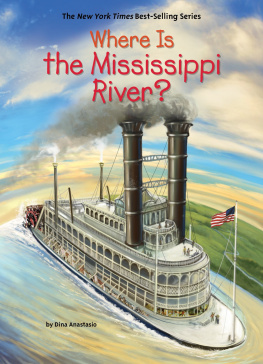
Beyond Control
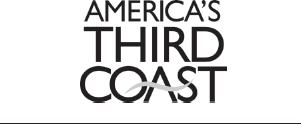
Carl A. Brasseaux and Donald W. Davis, series editors
BEYOND CONTROL
The Mississippi Rivers New Channel to the Gulf of Mexico
James F. Barnett Jr.
University Press of Mississippi / Jackson

This contribution has been supported with funding provided by the Louisiana Sea Grant College Program (LSG) under NOAA Award # NA14OAR4170099. Additional support is from the Louisiana Sea Grant Foundation. The funding support of LSG and NOAA is gratefully acknowledged, along with the matching support by LSU. Logo created by Louisiana Sea Grant College Program.
www.upress.state.ms.us
The University Press of Mississippi is a member of the Association of American University Presses.
Copyright 2017 by University Press of Mississippi
All rights reserved
Manufactured in the United States of America
First printing 2017
Library of Congress Cataloging-in-Publication Data
Names: Barnett, James F., 1950 author.
Title: Beyond control : the Mississippi Rivers new channel to the Gulf of Mexico / James F. Barnett, Jr.
Description: Jackson : University Press of Mississippi, 2017. | Series: Americas third coast series | Includes bibliographical references and index.
Identifiers: LCCN 2016038729 (print) | LCCN 2016059810 (ebook) | ISBN 9781496811134 (hardback) | ISBN 9781496811141 (epub single) | ISBN 9781496811158 (epub institutional) | ISBN 9781496811165 (pdf single) | ISBN 9781496811172 (pdf institutional)
Subjects: LCSH: Flood controlMississippi RiverHistory. | FloodsMississippi River ValleyHistory. | Mississippi RiverChannelizationHistory. | Floodplain managementMississippi River ValleyHistory. | BISAC: TECHNOLOGY & ENGINEERING / Civil / Flood Control. | NATURE / Ecosystems & Habitats / Rivers. | HISTORY / United States / State & Local / South (AL, AR, FL, GA, KY, LA, MS, NC, SC, TN, VA, WV).
Classification: LCC TC425.M6 B37 2017 (print) | LCC TC425.M6 (ebook) | DDC 551.48/309763dc23
LC record available at https://lccn.loc.gov/2016038729
British Library Cataloging-in-Publication Data available
For Sharon and the White River voyageurs:
Jim, GG, Lit, George, and the rest who loved to be on the water
Contents
Acknowledgments
This project would have been impossible without the cooperation of the US Army Corps of Engineers (USACE) and the Mississippi River Commission (MRC). USACE and MRC personnel in Vicksburg, Mississippi; Alexandria, Virginia; and at the Old River Control Complex assisted my research with professional expertise and good-natured enthusiasm. I am indebted to Clyde Joseph Joe Harvey, Russell A. Beauvais, and the staff at the Old River control structures and to Morris Oubre and Raymond Harrison at the Old River lock. Jim Dolan patiently and cordially made research material available to me at the US Army Engineer Research and Development Center (USACE ERDC) Library in Vicksburg. Charles A. Camillo, MRC executive director, gave me a copy of his book Divine Providence: The 2011 Flood in the Mississippi River & Tributaries Project, 2012, and helped me whenever I emailed with questions. Michael J. Brodhead, John C. Lonnquest, and Larissa Payne at the USACE Office of History sent me scans of the numerous reports and documents that I needed from their collections.
USACE personnel in retirement were also vital to my understanding of the Old River situation. Martin Reuss, whose book Designing the Bayous: The Control of Water in the Atchafalaya Basin (2004) was essential to my work, answered my questions at the start of this project about twelve years ago and later assisted me via email. Perry Gustin spent an afternoon with me at his home in Morganza, Louisiana, recounting his experiences at the low-sill control structure the night the wing wall disappeared and took time to answer my questions during subsequent telephone calls. Taylor Frey and her father, Matt Frey, put me in touch with Mr. Gustin.
John M. Barry and Craig E. Colton served as readers for the University Press of Mississippi. Their thoughtful suggestions improved the final manuscript. Carl A. Brasseaux and Donald Davis also read the manuscript and provided helpful suggestions. Beth Richard, Emily Edwards, and Nancy McLemore at Copiah-Lincoln Community Colleges Willie Mae Dunn Library provided essential and hard-to-find publications through interlibrary loan. Gary Young, Johnny Burt Dixon, John Lee Norwood, and Marianne Fisher-Giorlando helped me trace the route of the Portage of the Cross through the grounds of the Louisiana State Penitentiary.
Cornelia F. Mutel and Robert Ettema graciously shared documents pertaining to their biography of Hans Albert Einstein. I appreciate help from Colleen E. Lyon, University of Texas Library; Denise Grady, The New York Times; Judy Bolton and other staff at Louisiana State Universitys Middleton Library; Jennifer Butt, Nashvilles Belmont Mansion; John H. Pardue, Louisiana Water Resources Research Institute; John Wilkinson, Sidney A. Murray Jr. Hydroelectric Power Generator; Mark S. Davis, senior research fellow and director, Tulane Institute on Water Resources Law and Policy; Stanley Richardson, Plaquemine Lock State Commemorative Area; Patricia A. Reid, American Water Resources Association; and Mike Allard, Archives and Record Services Division, Mississippi Department of Archives and History.
Many people offered assistance and provided a helping hand, including Maureen Corcoran, Rebecca M. Anderson, Richard and Jeanie Ray, Lara R. Brown, Martin F. White, Will Richardson, Robert Lee Hadden, Ian W. Brown, Vincas P. Steponaitis, Stanley Nelson, and Oliver A. Houck.
The Historic New Orleans Collection supplied the illustration by Julian Oliver Davidson from Harpers Weekly. The map showing Grand Cutoff Bayou is from the Mississippi Department of Archives and Historys digital map collection. I had access to numerous reports and newspaper articles thanks to the online resources of the Concordia Parish Library and The HathiTrust. Once again, I am grateful to Craig Gill, Emily Snyder Bandy, Kristi Ezernack, and the staff at University Press of Mississippi. Thanks, too, to Michael Levine for his copyediting work.
Finally, I deeply appreciate the many hours that my wife, Sharon W. Barnett, spent reading and critiquing the books chapters as they developed. She provided a laypersons perspective and ceaseless encouragement.
Beyond Control
Introduction
April 14, 1973, might have been just another Saturday night in New Orleans. Noisy Bourbon Street nightclubs hawked drinks and dreams to wide-eyed tourists. Three blocks away on Rampart, thousands filled Municipal Auditorium for a concert billed by the Jazz and Heritage Festival as a Night of Stars. Forgetting for a time about the monster flood descending the Mississippi River, lucky ticket holders escaped into the music of Stevie Wonder, The Olympia Brass Band, and The Ramsey Lewis Trio.
At the time, few in New Orleans had heard of the place called Old River, a US Army Corps of Engineers flood control installation, some 214 miles upriver. If they had heard of it, they would scarcely have believed the possible consequences of the drama unfolding there that evening. For the first time in three thousand years, the Mississippi River above Baton Rouge was seeking a new channel to the Gulf of Mexico. The Crescent City was in peril.
Next page
